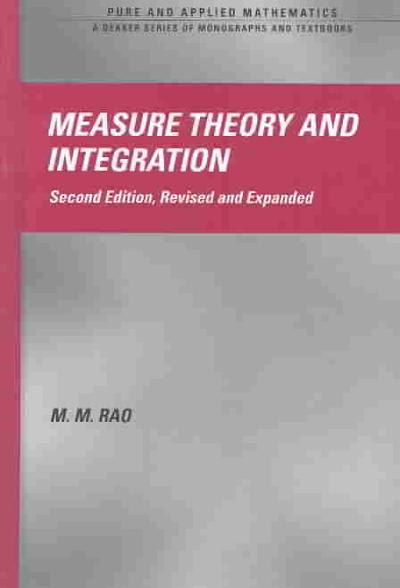Question
1.P(X=1)=9C1*(0.32^1)*((1-0.32)^(9-1))= 2.Glucose levels in patients free of diabetes are assumed to follow a normal distribution with a mean of 113 and a standard deviation of
1.P(X=1)=9C1*(0.32^1)*((1-0.32)^(9-1))=
2.Glucose levels in patients free of diabetes are assumed to follow a normal distribution with a mean of 113 and a standard deviation of 13. What proportion of patients have glucose levels exceeding 120?
3.The following are body mass index (BMI) scores measured in 12 patients who are free of diabetes and participating in a study of risk factors for obesity. Body mass index is measured as the ratio of weight in kilograms to height in meters squared. Using the following data, compute the mean BMI, the standard deviation of BMI, the median BMI, and the Q1 and Q3.
4.Approximately 35% of obese patients develop diabetes. Answer the following questions if a physician sees 12 patients who are obese. What is the probability that half of them will develop diabetes?
5.Suppose that the probability that a child living in an urban area in the United States is obese is 22%. If a social worker sees 20 children living in urban areas, answer the following: What is the probability that none are obese?
6.Body mass index (BMI) in children is approximately normally distributed with a mean of 24.5 and a standard deviation of 6.2. In a random sample of 10 children, what is the probability that their mean BMI exceeds 25?
7.A study is run to estimate the incidence of atrial fibrillation (AF) in men and women over the age of 60. Development of atrial fibrillation was monitored over a 10-year follow-up period. The data are summarized below. Using this data, compute the cumulative incidence of AF in men and in women respectively.
Developed AF
Did not Develop AF
Men
133
6153
Women
79
7167
8.A pilot study is run to investigate the effect of a lifestyle intervention designed to increase medication adherence in patients with HIV. Medication adherence is measured as the percentage of prescribed pills that are taken over a one-week observation period. Ten patients with HIV agree to participate and their medication adherence before and after the intervention are shown below. Compute the standard deviation of the difference in adherence before versus after the intervention.
Participant ID
Before Intervention
After Intervention
1
75%
79%
2
83%
84%
3
66%
70%
4
79%
68%
5
88%
90%
6
66%
78%
7
55%
60%
8
93%
90%
9
97%
90%
10
91%
95%
Step by Step Solution
There are 3 Steps involved in it
Step: 1

Get Instant Access to Expert-Tailored Solutions
See step-by-step solutions with expert insights and AI powered tools for academic success
Step: 2

Step: 3

Ace Your Homework with AI
Get the answers you need in no time with our AI-driven, step-by-step assistance
Get Started


